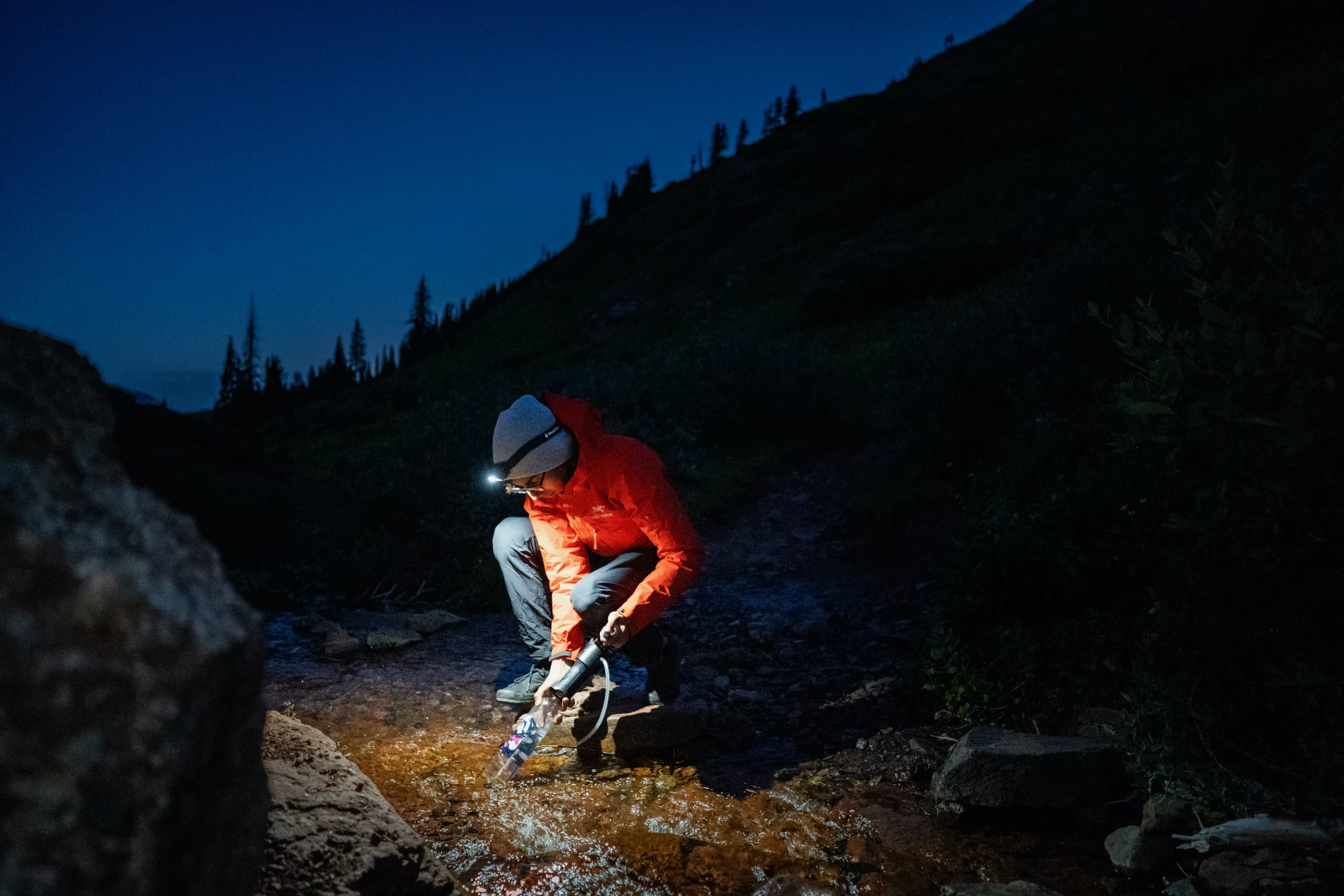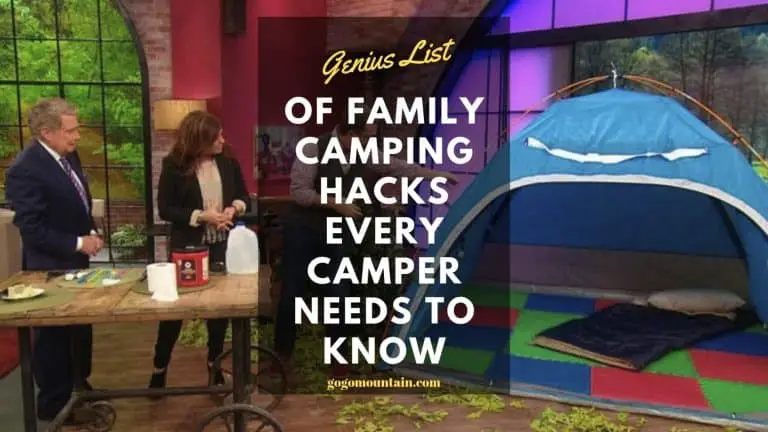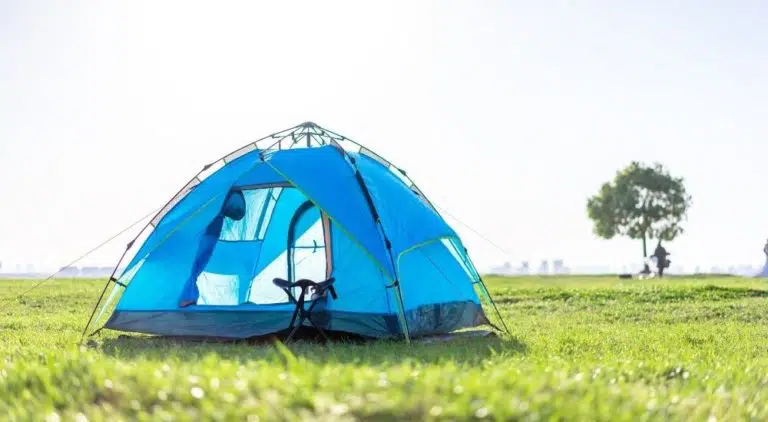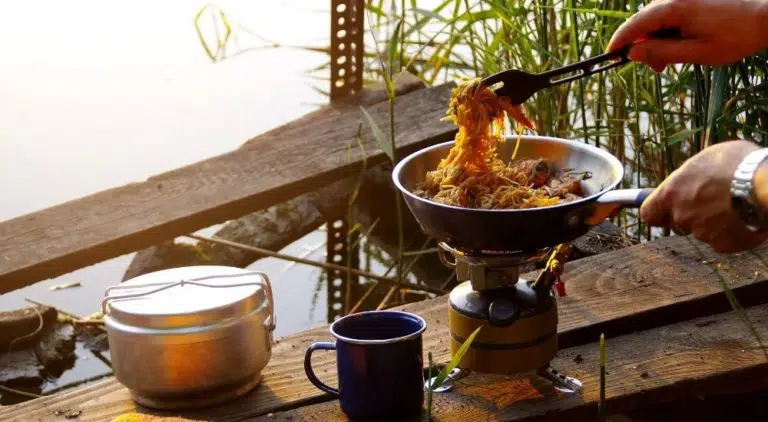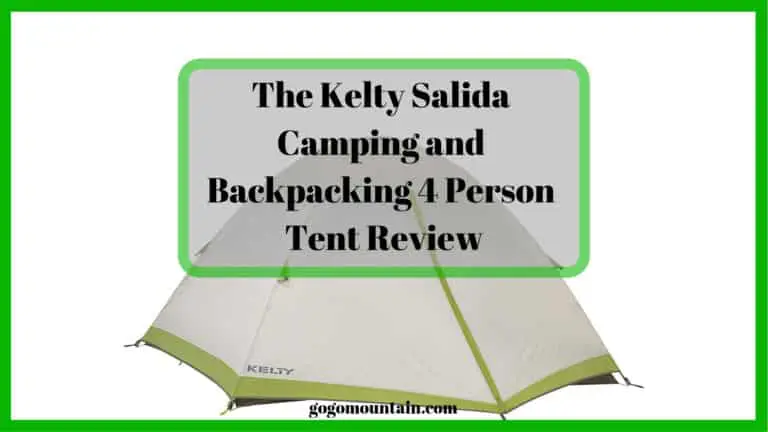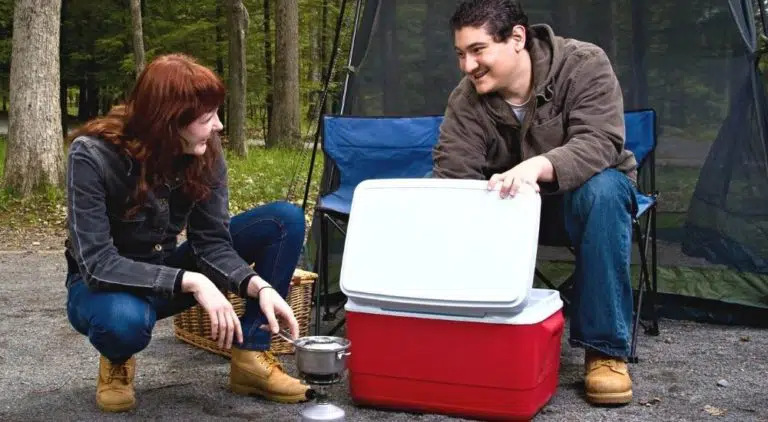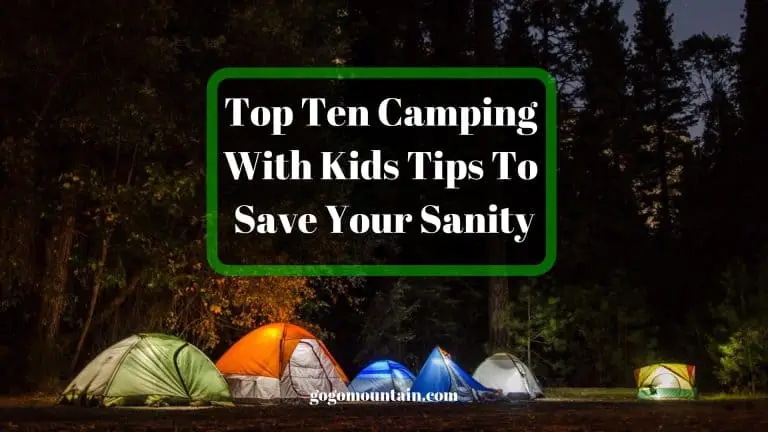How to Filter Water While Camping – 7+ Methods With and Without Filters
Drinking water straight from a stream or a lake is not recommended while camping. Water needs filtration or purification to eliminate almost all living bacteria with potential associated health risks. That would make you wonder how to filter water while camping.
You can filter water using a portable water filter while camping. These filters come as water bottles and filtration straws that eliminate up to 99.99% of bacteria and parasites. Alternative methods include purification techniques such as boiling water or using iodine tablets to make water drinkable.
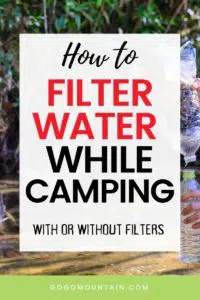
Why filter water in the first place?
You need to filter water to make it drinkable. Even if the water looks clear, it doesn’t mean it’s safe to drink. According to the US Environmental Protection Agency, some water contaminants such as viruses can be as small as 0.004 microns which means simply filtering water through a cloth won’t make it drinkable.
The good news is camping water filters are found easily today. Small and easy to carry, water filters can make water drinkable on the spot whenever you find a water source such as a freshwater stream. Distillers and reverse osmosis filters can be considered for filtering water on the spot as an alternative.
Typical water pathogens and their characteristics
Protozoa
Resistant to chemicals but large and easy to filter
Bacteria
E. coli and salmonella bacteria can be filtered using a water filter
Viruses
Small and hard to filter, some viruses can even resist chemical water purification

3 Methods That Show You How to Filter Water While Camping
You can drink safely from almost any natural water source, ideally where there’s no human or animal activity using one or multiple methods listed below.
1. Use a portable water filter
Portable water filters are made with microfiltration membrane fibers. Their efficiency is dictated both by the average hole diameter and by the absolute (the largest) hole diameter in the case of multiple microfiltration membrane fibers.
A good portable water filter for camping typically filtrates sand, bacteria, viruses, and other contaminants down to a size of 0.2 microns.
Straw filters such as LifeStraw are specifically made to filter out these contaminants and to allow you to drink water straight from the source, through a straw or tube. These are some of the smallest water filters for camping, ideal for packing lightweight.
Pros
- A cheap method of filtering water efficiently
- Most filters are lightweight
- Plenty of camping-specific filters to choose from
Cons
- Filtering water is slow
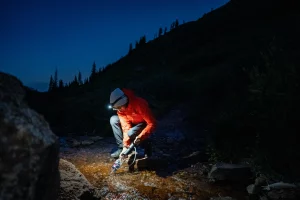
2. Consider distillers
Classic water distillation is another way in which you can make water drinkable. Distillers use 2 containers. One of these containers is where you add unfiltered water. It heats up, eventually evaporating into the second container through a filter.
Small water distillers can be ideal for camping. Today, even solar-powered water distillers are becoming more popular, given they require no electricity to make water drinkable in the backcountry.
Pros
- A method that eliminates almost all harmful water bacteria
- Cheap
Cons
- Not the fastest filtering method
3. Try reverse osmosis filters
Reverse osmosis filters can be used to make water drinkable while out hiking or camping. These filters use pumping pressure to remove particles such as fluoride, chlorine, lead, and other heavy metals. Reverse osmosis filters can come with 0.0001 microns filter size compared to 0.2 microns filtering pore size on filter straws.
Pros
- Ideal for small microorganisms
- Quite practical both when camping and at home
Cons
- They require muscle power to operate
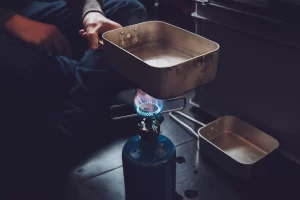
This is How to Filter Water While Camping Without a Filter
If you don’t have access to a water filter, you need to know there are viable alternatives to stay hydrated while camping. But how can you purify water in the wild without a filter?
Boiling water
One of the oldest methods of killing water microorganisms is boiling. You can boil water to make it drinkable when camping. Water heaters are the tools needed to boil water the quickest. Making fire to boil water also works in remote camping locations.
Boiling water is one of those purifying techniques best used in combination with the filtering methods described above. The problem with boiling water is that this method doesn’t eliminate cloudiness or bad smells on its own.
Pros
- The cheapest water purification method
- Recommended against almost all nasties
Cons
It can take a while for the water to cool down
Iodine tablets
Iodine tablets are potent at purifying water in the backcountry. These are typically found today as Tetraglycine Hydroperiodide tablets. The tablets are simply placed into a water bottle together with the water to purify it.
Typical downsides of using iodine tablets include a long (up to 30 minutes) purification time. This makes them slower at water purification than other chemical-based solutions such as chlorine tablets.
Pros
- Inexpensive and lightweight iodine tablets
- An efficient way to make water drinkable around the world
Cons
- Strict maximum levels of iodine per gallon
Chlorine tablets
Chlorine tablets purify water similarly to iodine. Chlorine is needed in very small quantities to purify water.
Chlorine dioxide is one of the most potent choline tablets for emergency water purification without a filter. These eliminate most bacteria, viruses, and cysts, making them ideal for camping.
Pros
- The tablets are small and lightweight
- Ideal for long camping and hiking trips
Cons
- Chlorine negatively impacts the taste of water
UV light pen
Ultraviolet light (UV) is used to purify water remotely. You can shine the UV light pen into a water bottle to alter the DNA of bacteria, essentially stopping them from reproduction. It typically takes around 1 minute for good UV light wands to purify water.
One of the drawbacks of this method is that it doesn’t filter water to make it clear. It also doesn’t eliminate any sediments such as sand. As a result, the UV light water purification method is often only considered with water that is already quite clear and free from sediments.
Pros
- UV light wands are cheap per liter of sterilized water, since one UV water purifier pen can last years
- No need to put harmful chemicals in the water
Cons
- UV purification still needs filtering
FAQ About How to Filter Water While Camping
What is the cheapest way to filter water?
The cheapest way to purify water is to boil it. A campfire and a pot are all you need to boil water and to make it drinkable. However, boiled water is not clear of sediments which are only removed through filtration.
Are purifiers and waters filters the same?
No, purifiers purify water by killing bacteria or by stopping bacteria reproduction. Water filters act as a barrier that stops sediments, bacteria, and even heavy metals from making it into your water bottle.
How do you purify water in a survival situation?
Apart from using water filters, you can also make water drinkable yourself. A DIY water filter can be made in a bottle by layering charcoal, sand, and gravel.
Do water purifiers remove viruses?
Most water purifiers don’t remove viruses. If you’re camping in an area prone to water viruses, it’s best to consider boiling and either chlorine tablets or UV light purification without chemicals to make water drinkable.
Takeaway
If you’re interested in how to filter water while camping, you can apply one or multiple methods described above. A combination of filtering and purification tends to offer the best results and clear water that tastes good and which isn’t harmful to your health.
How to Camp in the Summer – Tips to Stay Cool
Best Way to Make Coffee While Camping

